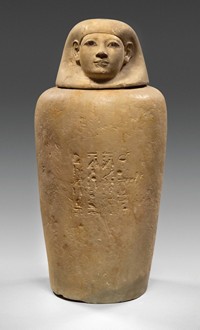Advertisement
Grab your lab coat. Let's get started
Welcome!
Welcome!
Create an account below to get 6 C&EN articles per month, receive newsletters and more - all free.
It seems this is your first time logging in online. Please enter the following information to continue.
As an ACS member you automatically get access to this site. All we need is few more details to create your reading experience.
Not you? Sign in with a different account.
Not you? Sign in with a different account.
ERROR 1
ERROR 1
ERROR 2
ERROR 2
ERROR 2
ERROR 2
ERROR 2
Password and Confirm password must match.
If you have an ACS member number, please enter it here so we can link this account to your membership. (optional)
ERROR 2
ACS values your privacy. By submitting your information, you are gaining access to C&EN and subscribing to our weekly newsletter. We use the information you provide to make your reading experience better, and we will never sell your data to third party members.
Environment
Catching Cashmere Fakes
Proteomics provides a new technique for distinguishing wool and yak fibers from cashmere
by Sarah Everts
July 29, 2013
| A version of this story appeared in
Volume 91, Issue 30
The soft hair under a goat’s neck is the key source of expensive cashmere fibers. Yak and sheep manes, which are much less valuable, are sometimes blended or exchanged with cashmere. To verify fabric labels, textile manufacturers usually rely on fiber surface analyses done with light microscopy or scanning electron microscopy. But those methods can be time-consuming and subjective. Now, a team in Italy has developed a proteomics strategy to identify the species from which a fiber originates and to quantify its presence in mixtures (J. Mass Spectrom. 2013, DOI: 10.1002/jms.3222). Researchers led by the University of Parma’s Stefano Sforza analyzed keratin found in fiber samples and identified a dozen species-specific sequences. They checked the authentication technique in blind tests on a variety of animal fibers from Afghanistan, Australia, China, Iran, Mongolia, and South Africa. One of the researchers, Claudia Vineis of the Institute for Macromolecular Studies, in Biella, Italy, had previously developed antibodies to distinguish cashmere from wool fibers. But unlike the new method, the antibody technique and other chemical strategies for authenticating fiber don’t produce consistent results when the fiber is dyed, bleached, or otherwise depigmented.





Join the conversation
Contact the reporter
Submit a Letter to the Editor for publication
Engage with us on Twitter